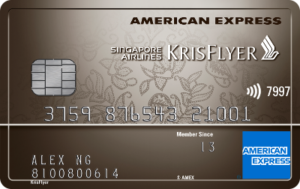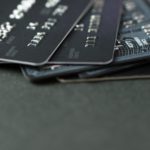NSW has become the latest Australian state to scrap on-arrival COVID-19 testing for international arrivals, effective Tuesday, 21 June 2022. Travellers are advised to monitor their health after arrival, and get tested for COVID-19 if symptoms develop.
Australia previously scrapped all pre-departure testing for fully vaccinated international arrivals on 18 April, and individual states have also been easing their on-arrival testing requirements. This latest development leaves Queensland and South Australia as the only two states which still require an on-arrival test.
NSW scraps on-arrival testing

Previously, international arrivals to Sydney and NSW were required to take a rapid antigen test (RAT) within 24 hours of arrival, and isolate until a negative result had been received. That said, you could perform the test at the airport immediately upon landing with a self-administered RAT kit, so the inconvenience posed was not great.
From 21 June 2022, mandatory on-arrival testing has been ended.
From 21 June 2022 it is no longer mandatory for international travellers to follow certain rules including taking a COVID-19 test upon arrival in NSW.
With the latest changes, here’s the updated requirements for travelling to Sydney.
| 🇦🇺 Travel to Sydney |
|
On-arrival testing for other states

With NSW’s scrapping of on-arrival testing, only Queensland and South Australia still retain the requirement.
| 🇦🇺 Summary: Australia Testing Requirements |
||
| State/ Territory | Pre-departure | On-arrival |
| Australian Capital Territory | Not required | None |
| New South Wales | None | |
| Northern Territory | None | |
| Queensland | ART (24h) | |
| South Australia | ART (“on arrival”) | |
| Tasmania | None | |
| Victoria | None |
|
| Western Australia | None | |
The good news for travellers to Brisbane and Adelaide is that the requirement can be satisfied with a simple self-administered RAT, keeping isolation time to a minimum (if at all).
RAT kits in Australia are overseen by the Therapeutic Goods Administration (TGA). The TGA has a list of approved home test kits, as well as a copy of the manufacturer’s instructions for each test.
The following kits sold in Singapore pharmacies are approved in Australia:
- Abbott Panbio COVID-19 Antigen Self-Test
- Flowflex SARS-CoV-2 Antigen Rapid Test
- Hangzhou Alltest SARS-CoV-2 Antigen Rapid Test
- SD Biosensor SARS-CoV-2 Antigen Self Test Nasal
With regards to SD Biosensor, note that it’s the white kit with blue text that’s approved for use in Australia, not the white kit with pink text (Standard Q).
Conclusion
When Victoria eliminated on-arrival testing back on 23 April, the assumption was that NSW wouldn’t be far behind, given how the two states have often changed COVID restrictions in tandem.
It’s surprisingly taken almost two months, but finally travellers to Sydney can enjoy pre-COVID conditions once more. The inconvenience was always minimal, but nonetheless it’s another step on the road to normality.








It’s not like anyone checked if you did the RAT within 24 hours of arrival into Sydney. This requirement was pretty pointless as most people I spoke to who had visited Sydney in the past two months didn’t even bother with the post-arrival test… which might also explain why I caught COVID after a week in Sydney…